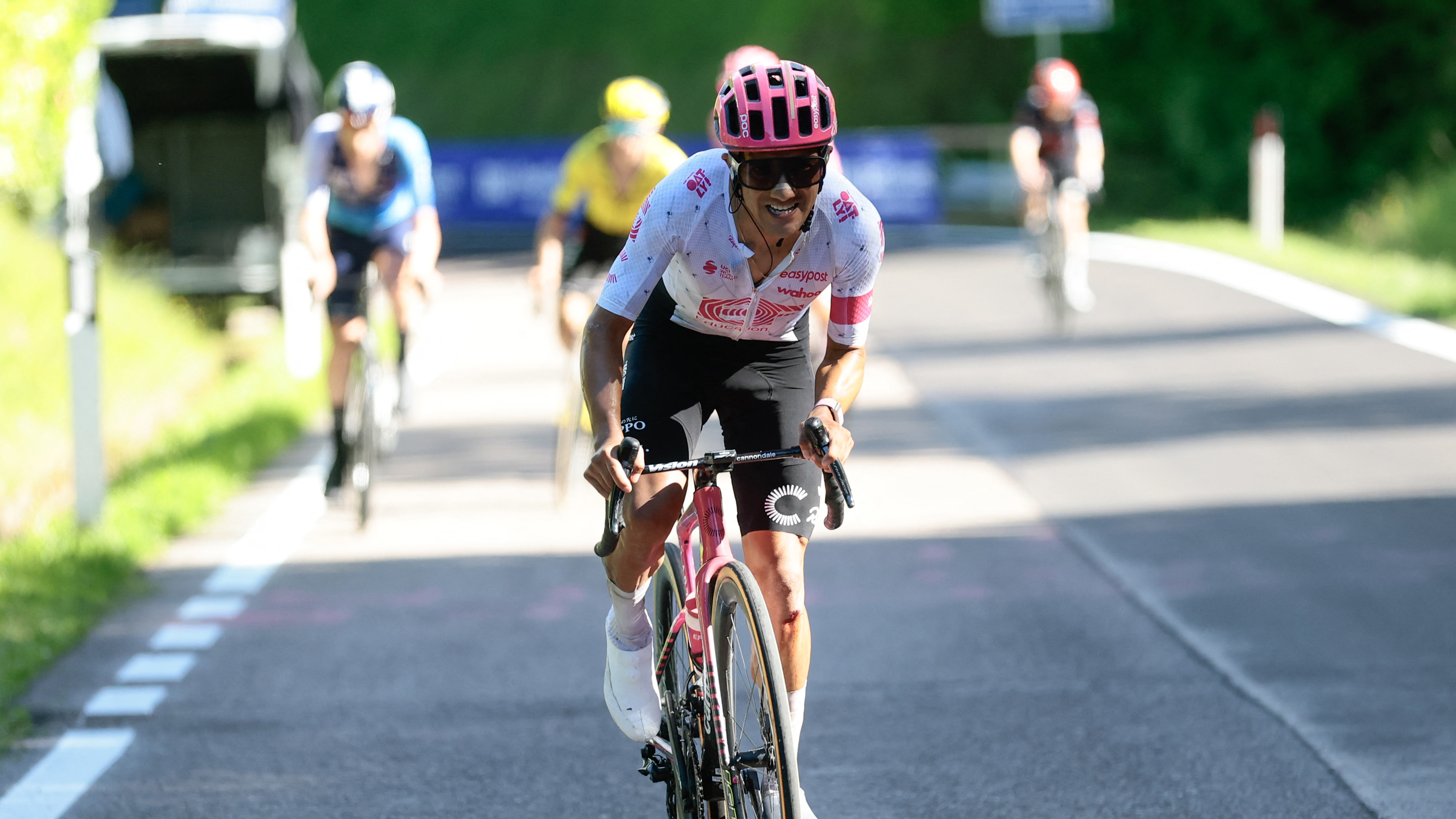
"Richard Carapaz’s attack with 7km remaining showcased a brilliant tactical move, entirely reshaping the general classification and leaving rivals in disarray."
"Simon Yates made a critical error by hesitating to follow Derek Gee, which not only impacted his own race but also hindered the group’s overall performance."
"Carapaz’s effort demonstrated the traditional South American climbers' style of maintaining high intensity while constantly adjusting their pace, unlike the prevailing power-centric tactics."
"With nearly a minute gained on direct rivals, Carapaz’s choice of pace was crucial and effective, setting a new tone for the remaining stages."
The first significant mountain stage of the Giro has significantly altered the general classification, highlighting Richard Carapaz's strong performance and tactical prowess as he managed a decisive attack late in the climb. His calculated move transformed the dynamics of the race, allowing him to gain valuable time over his competitors. In contrast, Simon Yates's strategic error, which saw him hesitate and miss an opportunity to follow another rider, stunted his performance and affected the group. Overall, this stage further showcased the traditional climbing strategies of South American riders against evolving tactics in modern cycling.
Read at Cyclingnews
Unable to calculate read time
Collection
[
|
...
]